Don't let those fickle fiddle leaf figs fool you. Not every houseplant requires a natural green thumb and extensive gardening expertise. These hardy indoor species can survive and even thrive despite serious neglect.
"Buy something that likes to live the way you do," advises Gwenn Fried, manager of the horticulture therapy program at NYU Langone. When you're working with a dark room, give low-light options like pothos, prayer plants, and dracaena a go.
If too many rays has shriveled your plants in the past, opt for sun lovers like yucca, jade, and ponytail palm. Peace lilies and Chinese evergreen can handle the well-meaning over-waterer. If you're the set-it-and-forget-it type, ZZ plant, kalanchoe, and philodendrons might be more your speed.
Get more plant inspiration and care tips below from horticultural experts, but if you're looking for true no-maintenance foliage, check out the best artificial plants you can buy. Their plastic leaves will never go brown, no matter how hard you try.
-Pothos-
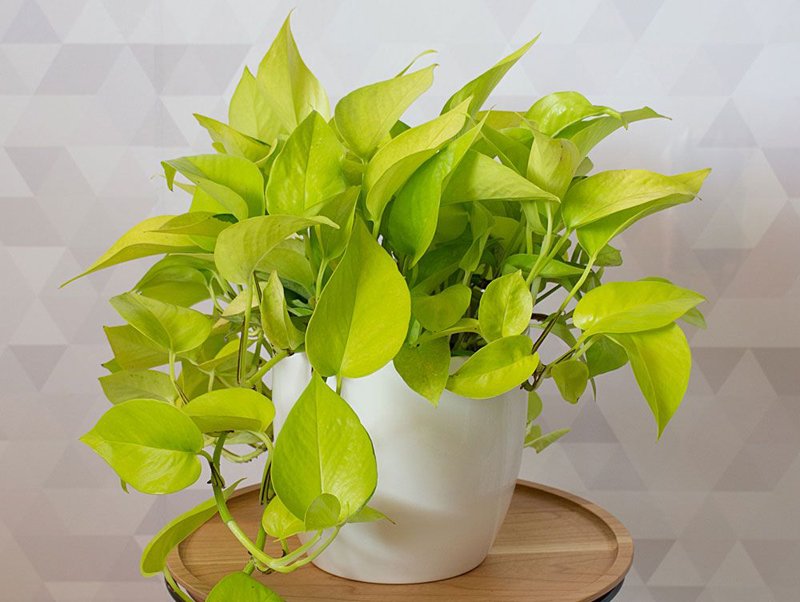
Calling all black thumbs: This trailing vine has earned the nickname "devil's ivy" for its ability to withstand nearly pitch-black conditions as well as under- and over-watering.
-Aglaonema-

"If you're more of a waterer, an excellent plant is a Chinese evergreen," Fried says. Aglaonema can withstand excess H2O, and it comes in a spectrum of colors, including green, pink, white, and red.
-Jade Plant-

Jade retains water in its round leaves, so it can sometimes survive more than a month without any attention whatsoever. "If they do get water, they start to rehydrate and grow," says Neil Mattson, an associate professor in the horticulture department at Cornell University. Position it in a sunny window (south- or west-facing, preferably) and water when the soil feels dry.
-Asparagus Fern-
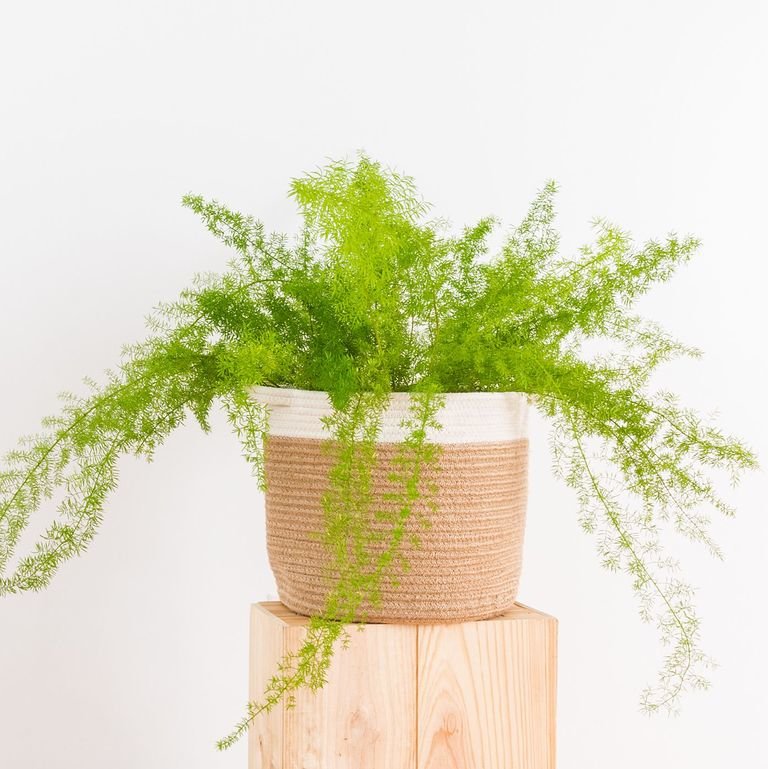
This fluffy plant tolerates a lot more abuse than other ferns — thanks to the fact that it's technically not a fern. Asparagus setaceus adapts to both bright spots and darker corners. Keep the soil moist and it'll thrive.
-Chinese Money Plant-
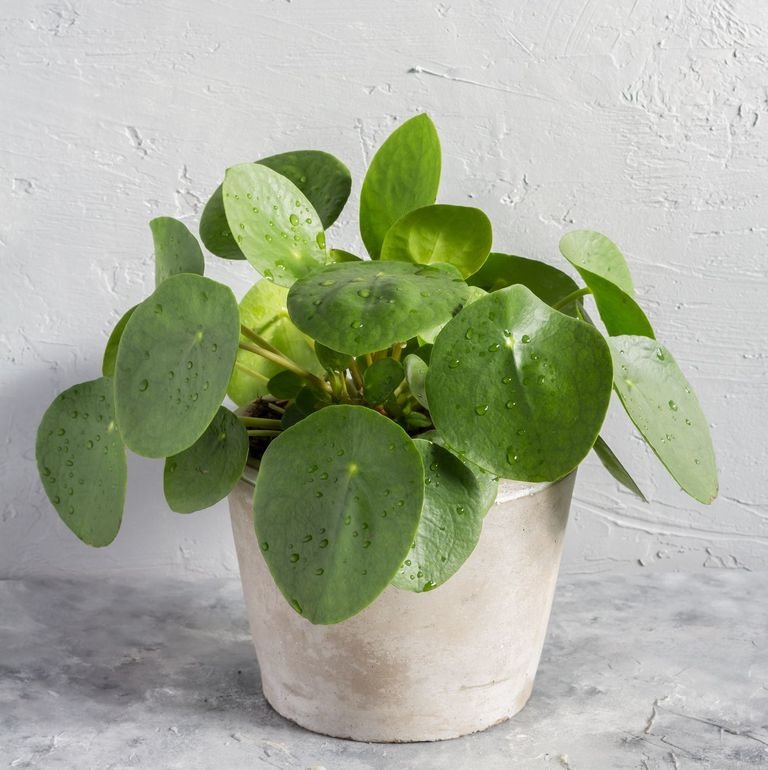
Pilea peperomioides grows best in a shady spot (or winter windowsill) with weekly watering, according to The Little Book of House Plants and Other Greenery. Bonus: You can replant the offshoots that sprout from the base of the stem and give them as gifts.
-Yucca-
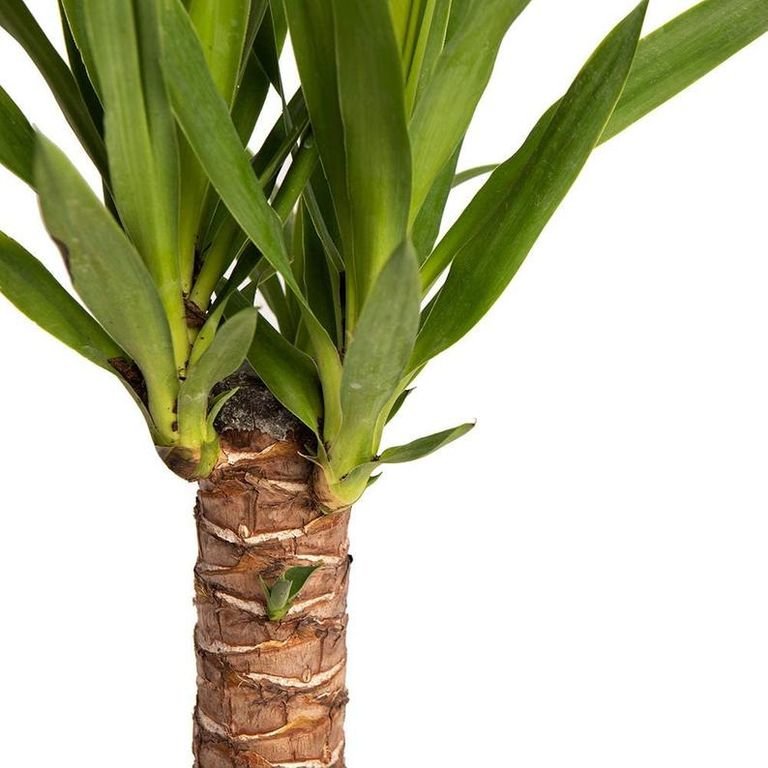
The recipe for a happy yucca is easy: sun, sun, and more sun. Plant in a container deep enough to balance the top-heavy woody stems and water sparingly.
-Air Plant-
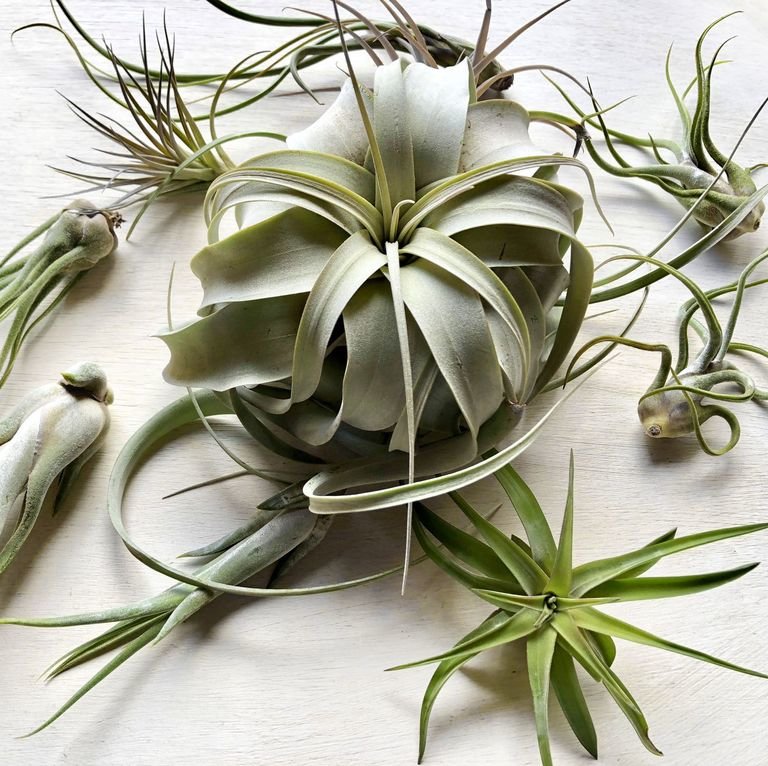
You can keep the potting soil in the shed for this one. Tillandsia grows without dirt altogether. "Just dunk them in water for about two or three hours every 10 days or so," says Tovah Martin, expert gardener and author of The Indestructible Houseplant.
-Spider Plant-
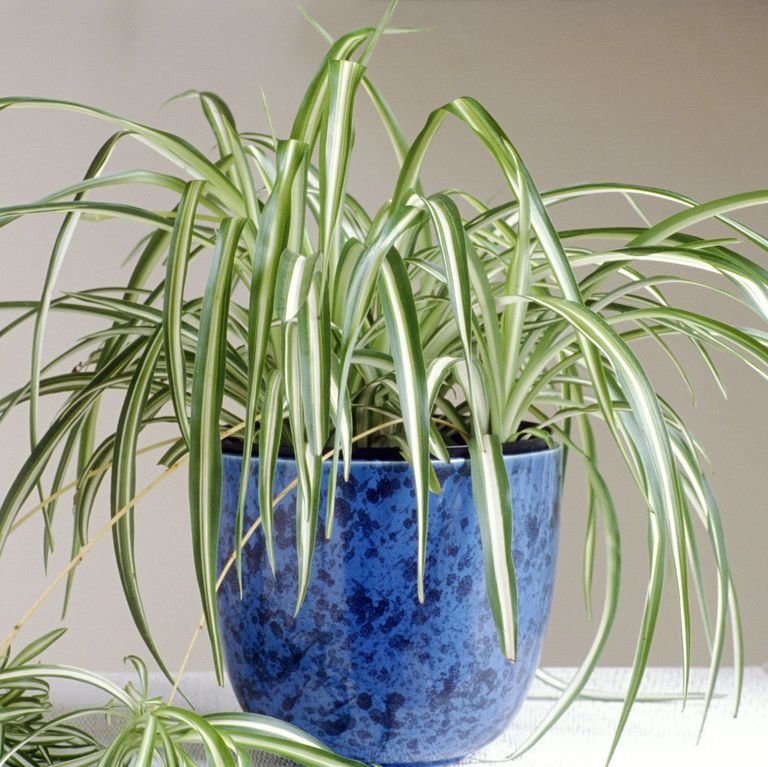
What's better than one spider plant? Multiple spider plants. The fast-growing shoots produce little "babies" that you can re-pot for added greenery elsewhere. Just stick to well-lit spots, and don't forget weekly watering.
-Peace Lily-
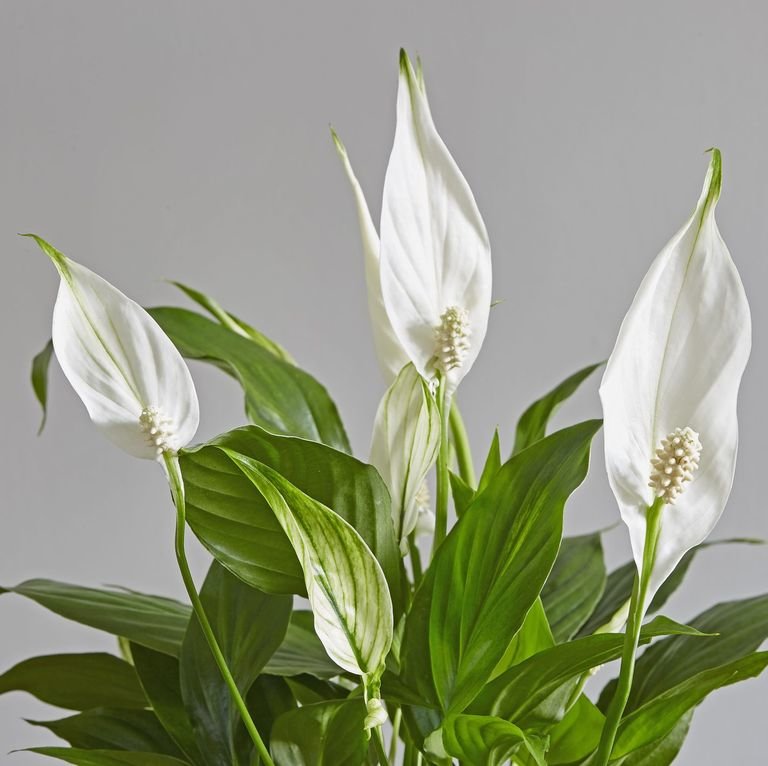
If you're prone to overwatering, try Spathiphyllum. Peace lilies can "almost grow in a fish tank," Fried says. With enough light, they'll also produce their spade-shaped flowers throughout the year.
-Aloe-
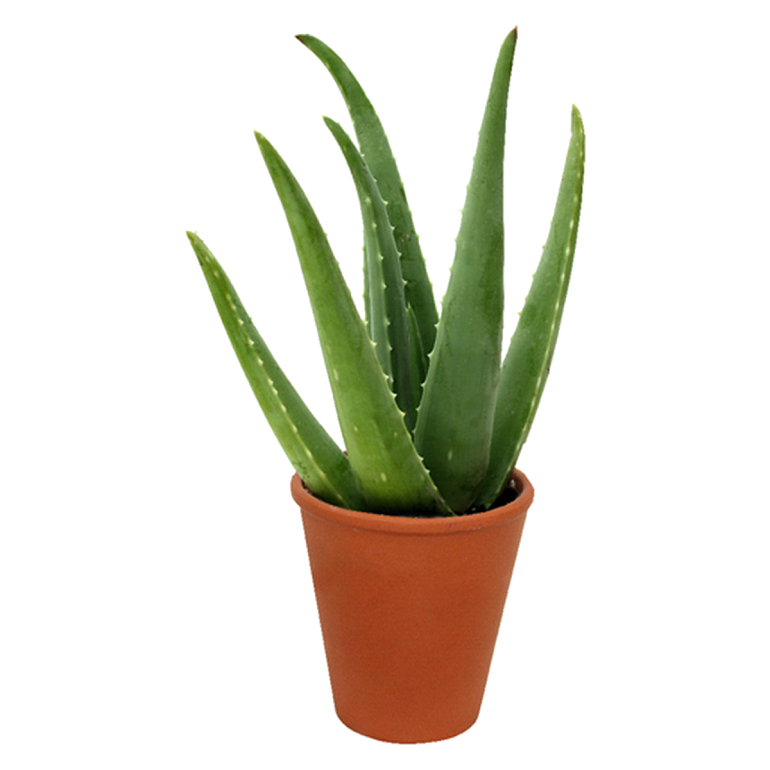
With its preference for indirect light, aloe would love a spot on your desk or bedside table. Give it a good soak every week or two for optimal growth.
-English Ivy-
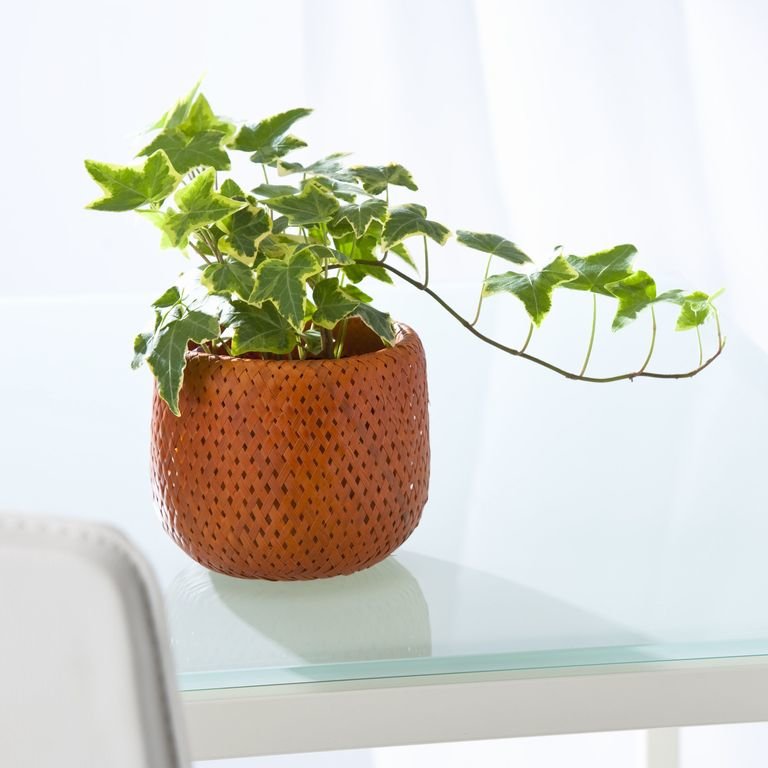
You could let the long tendrils hang from mantel or shelf, but the climbing plant is also game for topiaries (or stadium walls, like at Wrigley Field). Chicago Botanic Garden recommends Cascade, Domino, and Irish Lace as some of the best potted varieties.
-Dragon Tree-
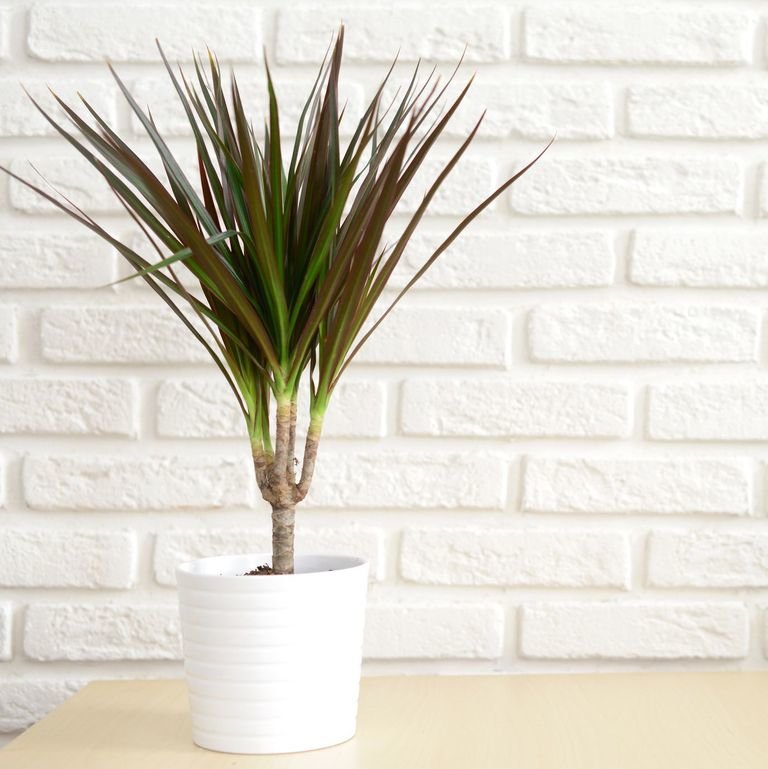
Save some room on your windowsill and tuck this low-light variety in an unloved corner. Pet owners, watch out: Dracaena marginata is toxic to both dogs and cats, so keep animals far away.
-Calathea-

"Prayer plants" produce foliage pretty enough to outshine a bouquet, and you don't need a botany degree to maintain one. For the best display, keep the plant moist (not drenched) and avoid bright light.
-Rubber Plant-
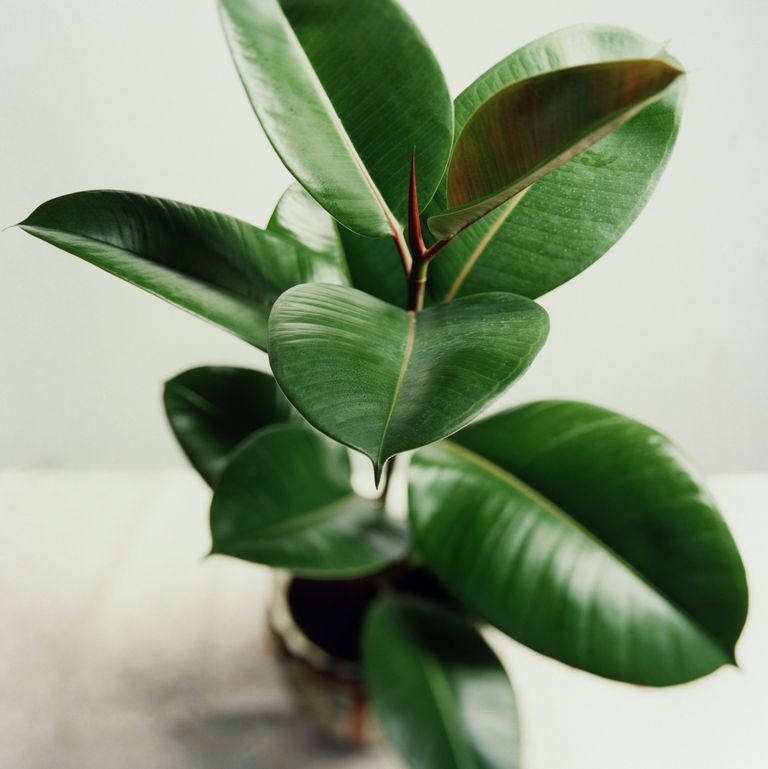
Rubber trees can measure over 100 feet tall in their native Asia, but regular pruning will keep the ornamental variety in check. A potted rubber tree tolerates bright direct light, but put it in a slightly more shaded spot and it will thank you for it. Water when the soil has dried out — about every week or so.
-Bromeliad-
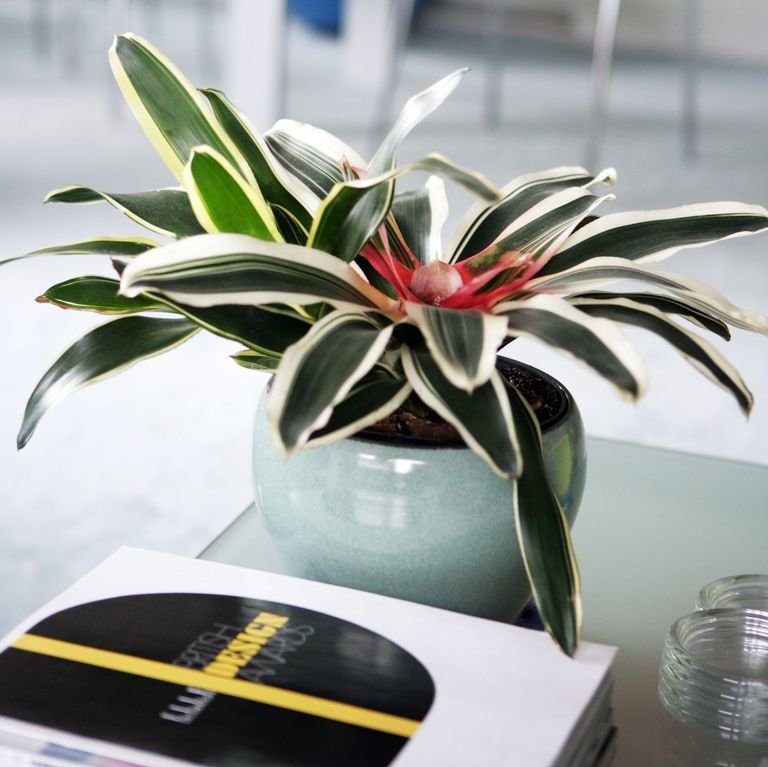
Like the pineapple, the bromeliad belongs to the bromeliaceae family. This plant "lasts a long time," says Sharon Nejman, Senior Horticulturist at Chicago Botanic Garden. "It produces pups or side shoots that will replace the original plant." Its favorite temperature is around 70 degrees, "which makes it home friendly," she says. Keep it away from cold drafts.
-Kalanchoe-

Kalanchoe "takes very little care," says Nejman. This water-retaining succulent grows colorful, bell-shaped flowers and withstands dry climates and temperature swings. It's even fine with 45-degree winter weather, she adds.
-Ponytail Palm-
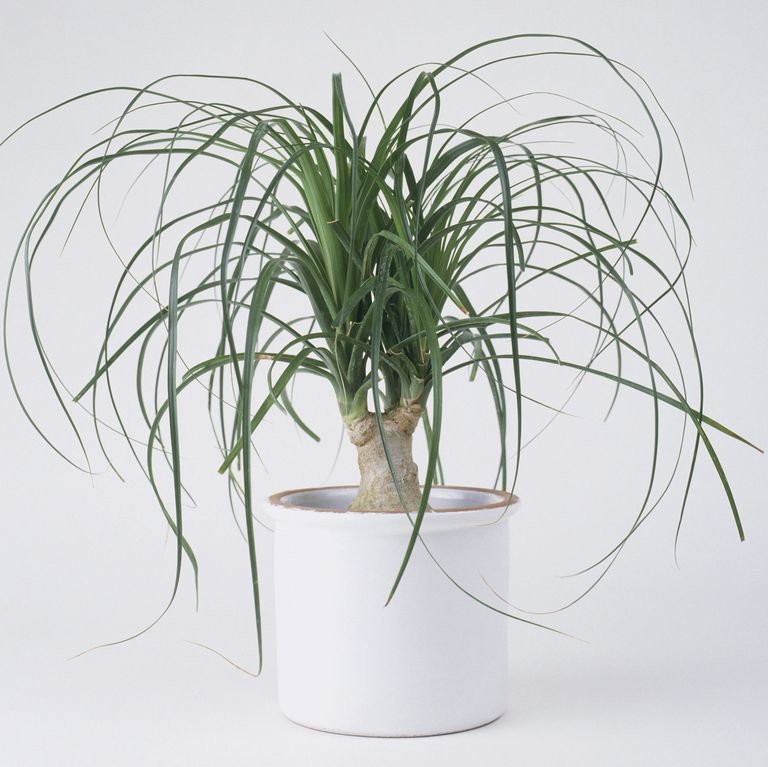
Officially called the Beaucarnea recurvata, the slow-growing ponytail palm likes basking in a sunny window. Don't douse the Mexico native with too much water because "its stems work off its reserves," says Nejman.
-Phalaenopsis Orchid-

Native to tropical Asian countries, the phalaenopsis orchid prefers low light and more humid climates, but it's more easy-going than the showy blooms suggest. "Most orchids are pretty forgiving," says Nejman. "If they're lucky, I water them every week or week and a half."
-Philodendron-

There's a lot to love about philodendrons. Their name literally comes from the Greek words philo- (meaning "love") and dendron (meaning"tree"). Most types can withstand dark corners as well as sparse watering. "They like to be on the dry side," says Nejman, so don't fill the watering can more than once per week.
-Crown of Thorns-
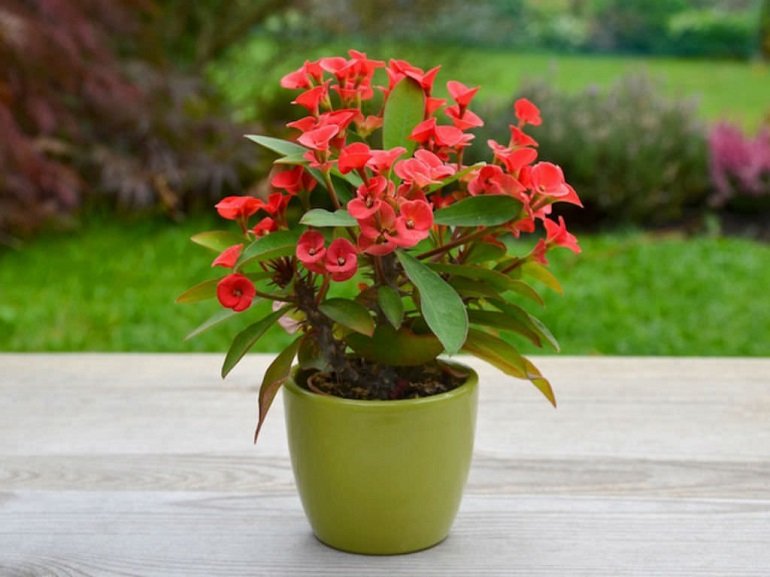
Yes, this plant can produce prickers, but it's not exactly picky. The succulent shrub can go without water for a week or more and it still produces lovely blooms "year round," according to Nejman.
-Christmas Cactus-
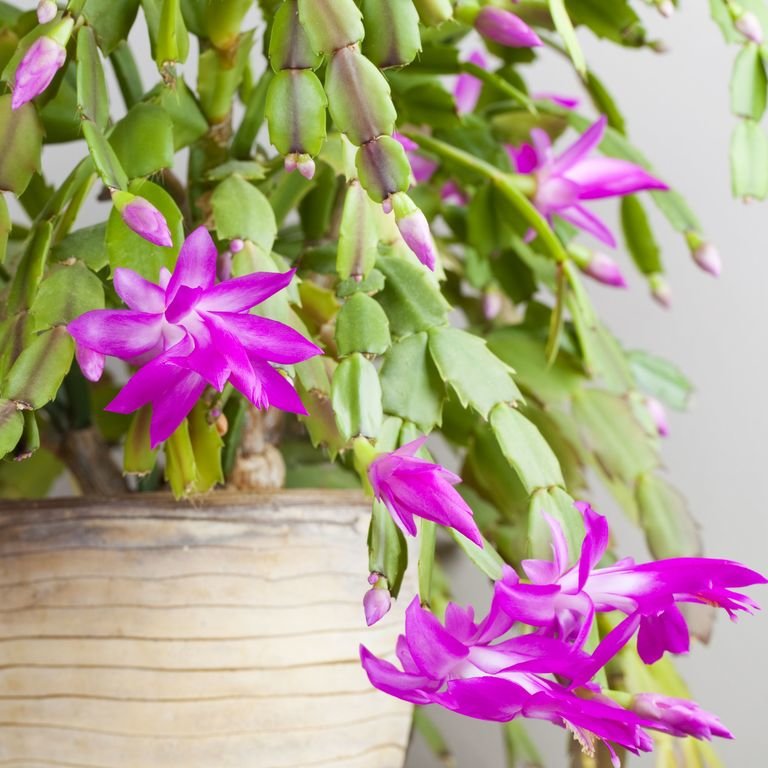
If you're more of a leave-it-and-forget-it type, anything in the cactus family will do, Fried says. Sold as Thanksgiving or Christmas cacti, this species produces segmented leaves and white, pink, red, or purple flowers.
-ZZ Plant-

Officially named Zamioculcas zamiifolia, the ZZ plant is native to East Africa. Called "the king of the indestructible plants," the species tolerates the dangerous trifecta of plant-killers: drought, low light, and really low humidity.
-Snake Plant-
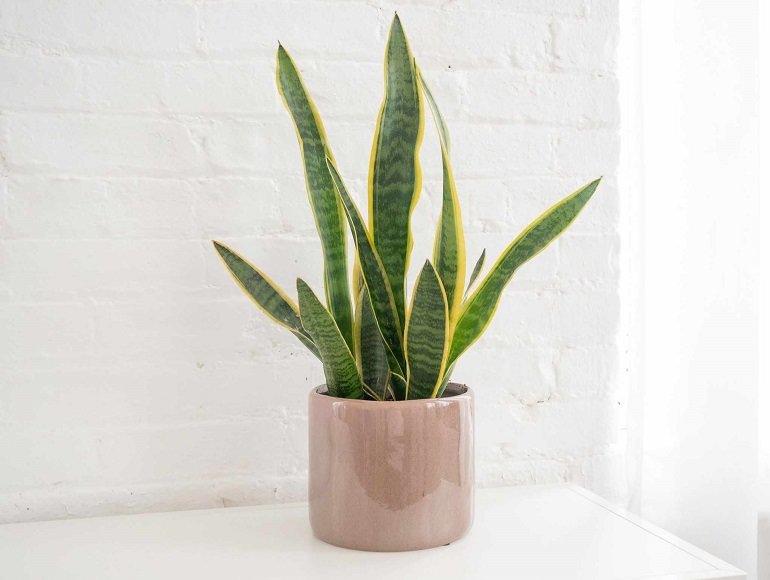
One of many sansevierias, snake plant is tough to kill. "Those can go for a month without water," says Nejman. The leaves are typically stiff, sharp, and spikey.
-Schefflera-
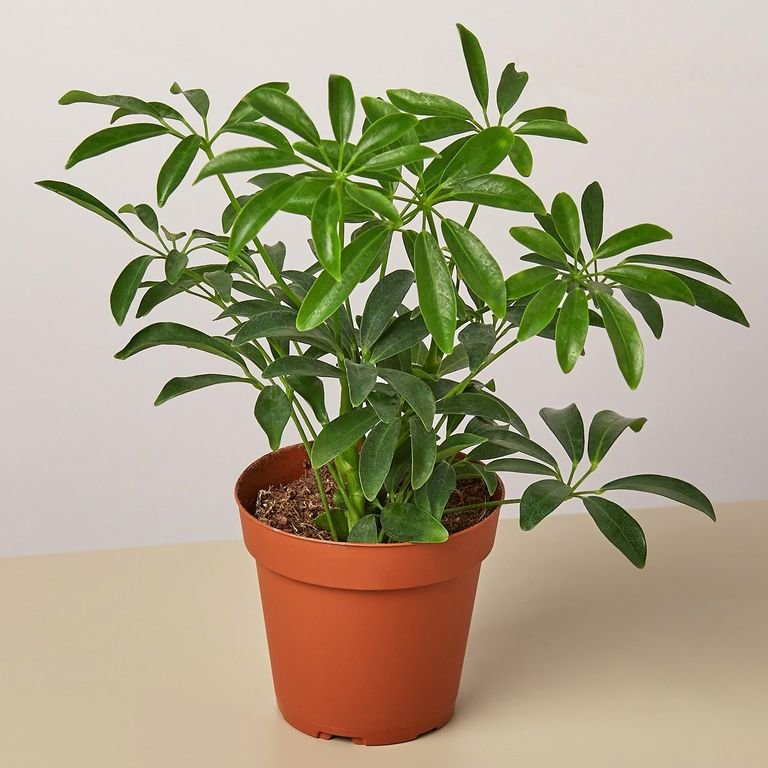
This evergreen shrub, also known as an umbrella tree, can grow 15 feet outside, but under the watch of a forgetful gardener it will grow more slowly indoors. Like many plants, it can be mildly toxic.
-Dieffenbachia-
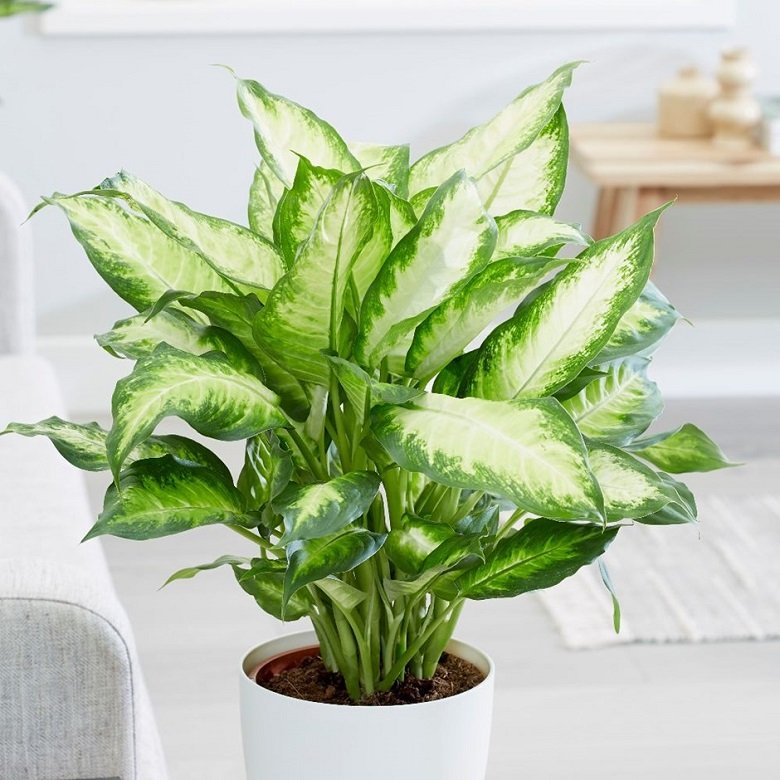
Place this beauty by a curtained window, protecting new leaves from extra sun. With filtered light, the showy plant is one happy camper.



![A Tranquil Jungle House That Incorporates Japanese Ethos [Video]](https://asean2.ainewslabs.com/images/22/08/b-2ennetkmmnn_t.jpg)









